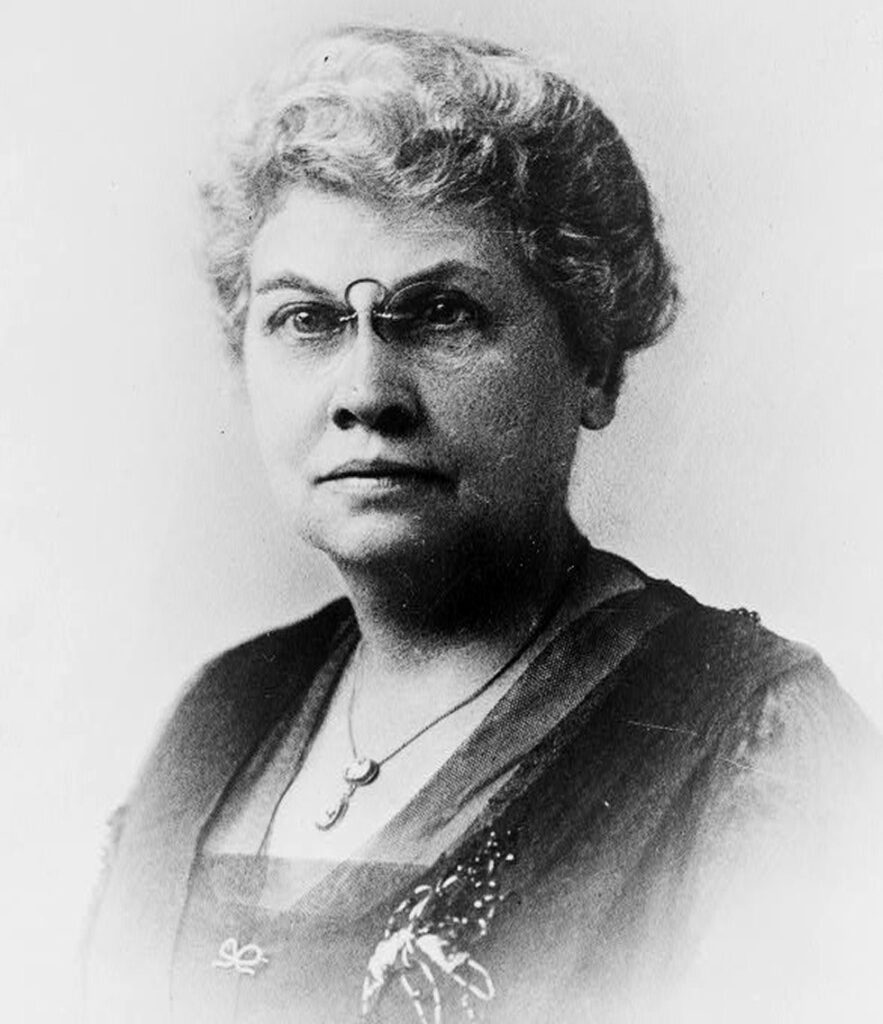
The Women’s Christian Temperance Union (WCTU) considered drinking a moral vice, and fought in the name of God to end the sale and consumption of alcohol. They associated alcoholism with barbaric and criminal behavior, and believed liquor was corrupting the community. Union members publicly showed their support by parading through town praying and chanting– encouraging citizens to pledge against drinking. In 1874, the same year Francis Willard (who would eventually become president of the movement) spoke at a meeting in Wooster Ohio, the WCTU gained enough political clout to halt the sale of ale, beer, and port throughout Wayne County. However, these restrictions were never enforced and most the town’s 16 saloons continued to function—save for one man who was so moved at a temperance meeting that he willingly closed his tavern. While The Women’s Christian Temperance Movement initially appeared unsuccessful, they (along with the Anti-Saloon League), laid the foundation for the Temperance Movement in the early 20th century. The efforts of this movement led to the 1908 ban on alcohol in Wayne County, and the criminalization of alcohol across The United States in 1920. This nationwide ban, known as Prohibition, caused crime rates to spike as many continued to illegally import, buy, and sell liquor. As a result, The Temperance Movement gradually faded from prominence and prohibition was revoked.
For further reading
Lucy Lillian Notestein, Wooster of the Middle West, Volume I (Kent: Kent State Univ. Press, 1971), 128.
“The Shreve Tragedy,” Wayne County Herald, March 29, 1884.
Paul Locher, When Wooster Was a Whippersnapper (Sugarcreek, OH: Carlisle Printing, 2008), 151-154.
Wooster in 1876, ed. Arnold Lewis (Wooster: Wooster Art Center Museum, 1976), 107-108